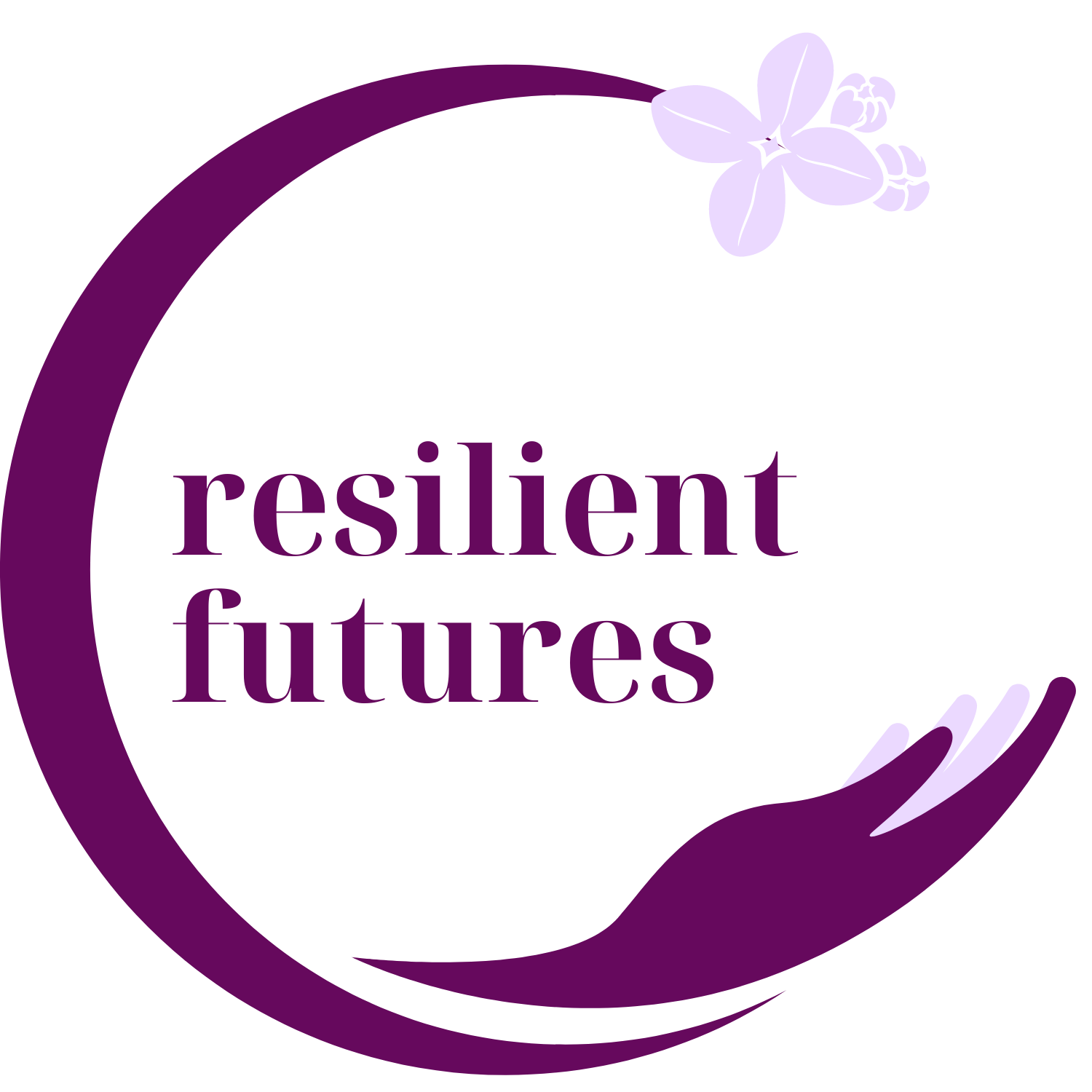Today’s High School Experience and the Role of Trauma-Informed Practices
High school students in the United States today are navigating a complex world filled with unprecedented challenges. The pressures of academic performance, social dynamics, and future planning are compounded by societal issues such as mental health struggles, digital overload, and systemic inequalities. In this climate, trauma-informed practices in high school settings can transform how students feel about themselves, their relationships, and their education.
Sign up to read this post
Join Now
